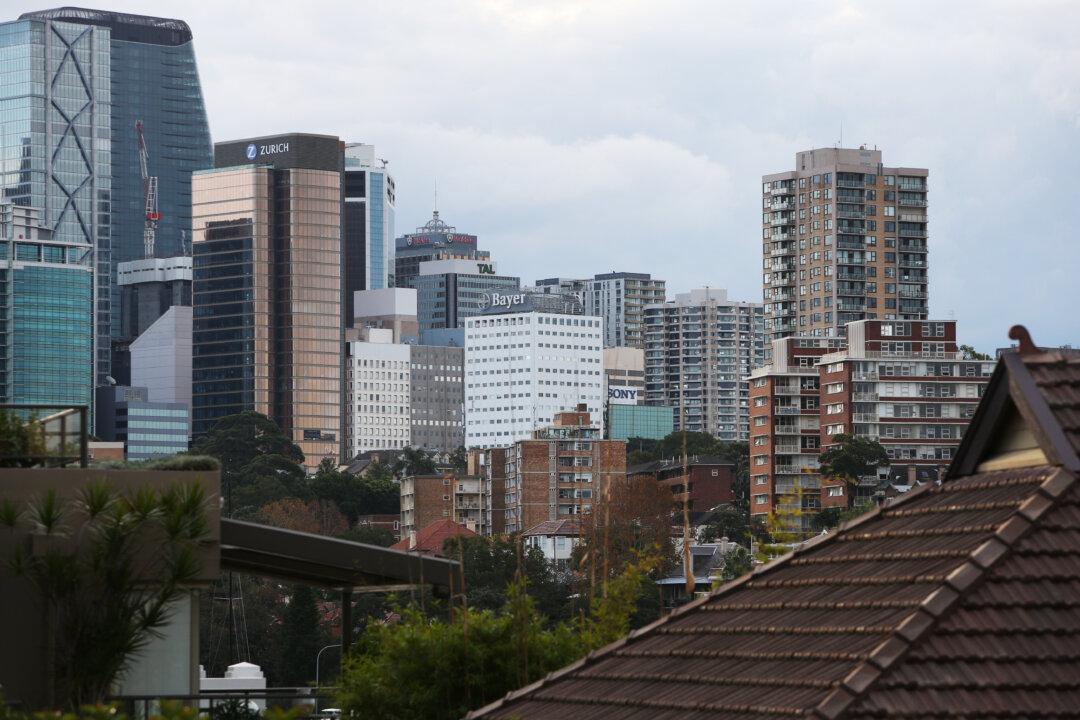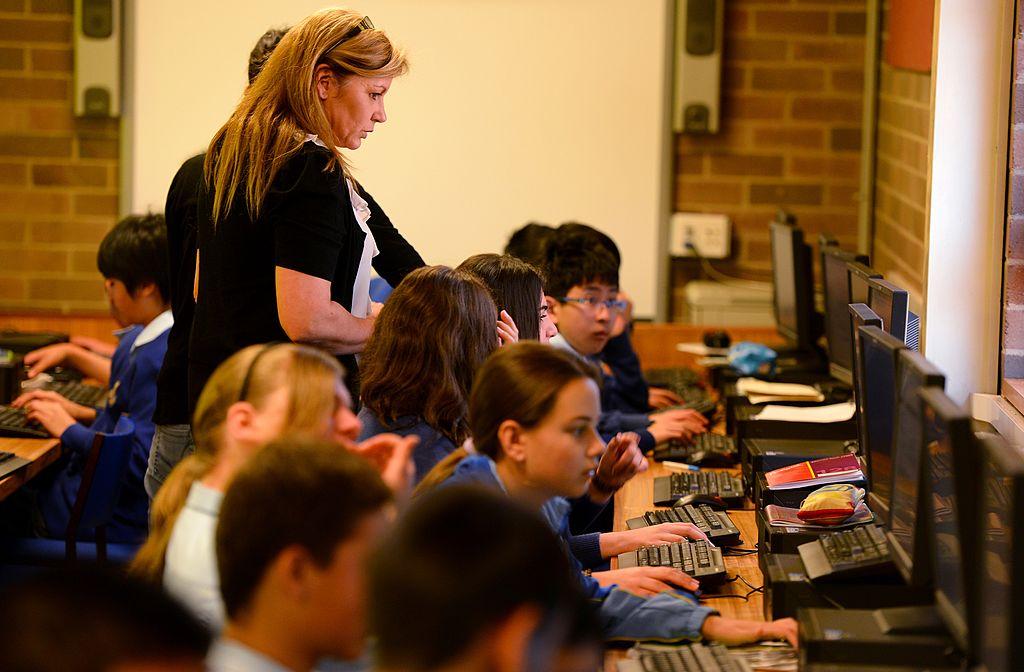The government should improve resources to increase housing supply warning current estimates may be severely inaccurate, according to the University of Newcastle’s Institute for Regional Futures (UNIRF) Director Amanda Wetzel on Oct. 9.
“Firstly, housing markets do not follow council boundaries. Markets need to reflect buyer and renter behaviours based on their social connections, work, and services,” Ms. Wetzel said.





